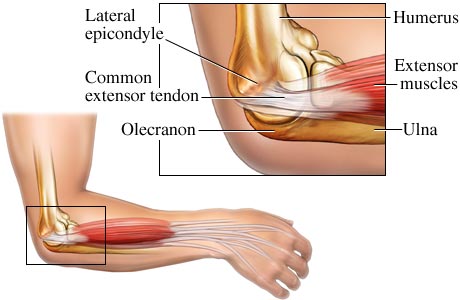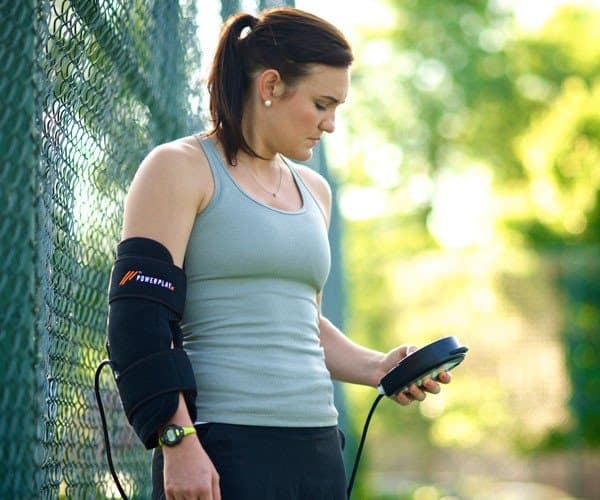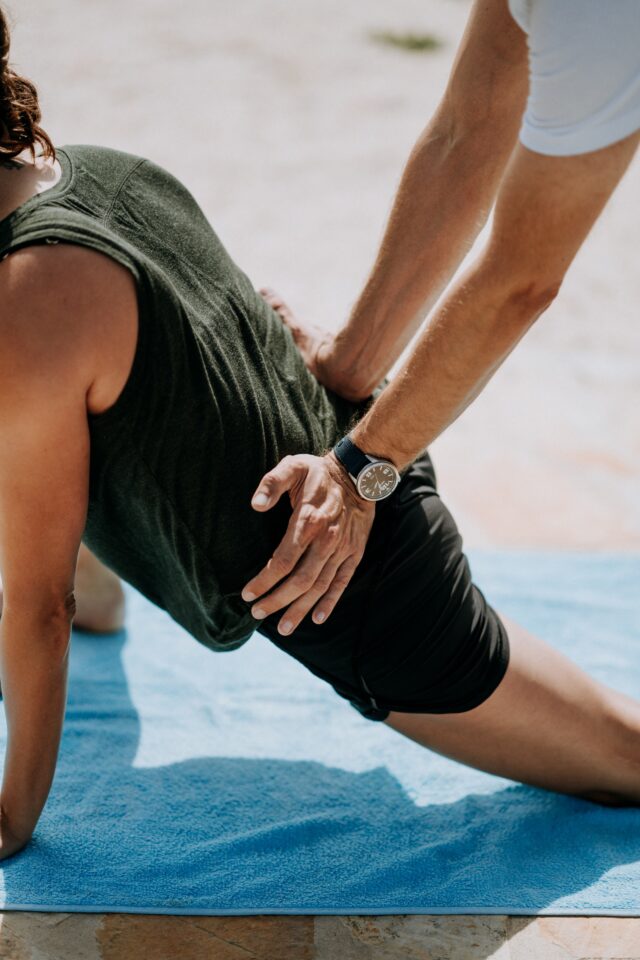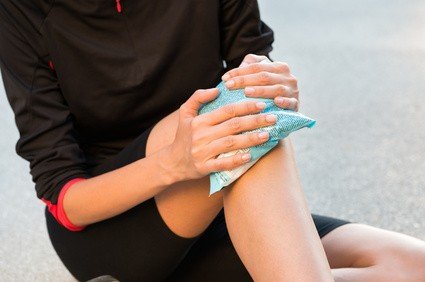It’s a sinking feeling, isn’t it? You’re building up your training, and you’re excited to be able to do more and more.
And then — there it is! Toward the end of a long session, you feel a flare-up on the outside of your elbow. Even worse, the pain is still there the next time you train.
Athletes often call this injury “tennis elbow” or “biker’s elbow,” but its official name is “lateral epicondylitis.” This condition is often caused by overuse or strain on the tendons that attach to the lateral epicondyle — the bony prominence on the outer side of the elbow.
So if you’re dealing with tennis elbow, how can you treat it? And better yet, how can you prevent it from happening in the first place?
Nicole Dorholt, physical therapist (DPT) and avid cyclist, told us about her own experience with tennis elbow, and how she conquered it through physical therapy, cold compression therapy, and strength work.
What Causes Tennis or Bikers’ Elbow?
“Tennis elbow will keep you off your bike just as effectively as any other sports injury that I’ve endured,” Nicole says.
How does it develop? “Easy,” Nicole says, “hold your handlebars at a wonky angle and then ride your road or mountain bike every single day for a month without recovery. Sounds fun, right?”

The mechanism of the injury, Nicole explains, is overuse of the wrist muscles in a poor position. “The muscles that allow your wrist to bend back towards your forearm connect via their tendon connect right at the outside of your elbow, with the bellies of the muscle just below your elbow,” she adds.
What can make things worse is a sudden increase in training load and weak shoulder muscles.
“In my case, it happened because my shoulder musculature was weak, causing me to ride with my shoulders internally rotated and my elbows turned out,” she says. “Then add a crazy self-challenge in which I logged at least 20 miles a day, every single day, for a month.”
The pain got so bad she couldn’t do basic activities. “My right elbow hurt so much that I couldn’t ride, couldn’t grasp anything in my right hand, and could not even lift a gallon of milk out of my refrigerator!”
How to Treat Elbow Pain from Cycling
Nicole felt lucky because she was a physical therapist and could prescribe herself a treatment plan.
For everyone else, it’s always a good idea to work with a physical therapist, who will make a personalized treatment plan based on your condition and unique circumstance.
But if you’re looking for an overview of best practices and tips, here’s what Nicole did to recover from the injury.
Reduce the training load
One thing Nicole recommends is to avoid activities that aggravate the injury. This may mean taking a break from cycling for a while or reducing your training load until the pain subsides.
“I had to address my pain symptoms. I started with ceasing activities that aggravated the condition. That meant no bike riding for me unless it was on a trainer, with no pressure on my arms…bummer.”
Work with a physical therapist
A physical therapist can help you identify the underlying causes of your injury and develop a plan to break down any soft tissues that may be contributing to your pain.
In Nicole’s case, she partnered up with a fellow therapist who could help her do the treatments she couldn’t give herself. “I started working with a fellow physical therapist on the soft tissues, working on breaking down poorly aligned collagen and scar tissue in the tendons and muscle bellies of the wrist extensors with special tools and techniques for this process.”
Use cold compression therapy

Another form of treatment Nicole used was cold compression therapy, which can help reduce inflammation and relieve pain.
“The only thing I found that reduced the pain and inflammation was ice and moderate compression. Lots of it, all the time. We didn’t have an elbow-specific ice pack in my clinic, so I had to rig up a ridiculous cold pack-pillow case-plastic wrap contraption that was not ideal.”
What works better for many athletes is a device specially designed to provide cold compression therapy, like PowerPlay’s elbow wrap. The wrap is paired with a compression pump and reusable cold therapy gel pack to provide relief and treatment without the mess of ice or awkward set-up.
Still, Nicole’s rest from cycling and DIY ice contraption provided relief. “Finally the pain symptoms began to subside and I could do every-day functional things, but riding wasn’t quite on the menu yet. I had to fix the reason I was injured in the first place.”
Focus on strengthening the muscles and tendons
Nicole’s final focus in her treatment plan was strength work.
“A cyclist’s typical position on a bike leads to some serious muscle imbalances in the shoulder and rotator cuff,” Nicole says. “Your internal rotators get shortened, tight, and over-strengthened while the external rotators [become] long, weak, and useless.”
To work on these imbalances, Nicole started with strengthening the external rotators with elastic bands, and then incorporated a variety of shoulder stabilization exercises.
Then, she worked on the internal rotators, stretching them every morning and evening.
When the initial inflammation was gone, she began an eccentric contraction-focused strengthening program for her wrist extensors.
“Eventually, I was able to progress to regular strengthening of the wrist extensors and regained full, pain-free function.”
Take your time
For Nicole, it took six weeks to rehabilitate herself and eventually ride her bike without pain. But for her, it was completely worth it.
“Rushing a tendonitis injury will only cause a more chronic condition, long term pain, and osteophyte (bone spur) formation if stressed for too long,” she explains.
Preventing Elbow Pain from Cycling in the First Place
Of course, the best way to deal with bikers’ elbow is to prevent it from happening to begin with. Nicole’s tips are to work on stretching, strengthening, and immediate treatment if anything does go wrong.
“Start stretching now. Correct muscle imbalances by strengthening the weak muscle groups and stretching their muscle antagonists,” she says. “If you’ve already moved into the injury zone, get help right away from a professional before a potentially short term annoyance becomes a long term problem.”
As Nicole’s example showed, it’s also worth making sure your training load is reasonable for your athletic condition, and working on your technique when riding your bike and gripping the handlebars. An athletic trainer can help you improve form, technique, and your training plan.
Finally, prioritizing rest and recovery is critical. On top of basic principles like getting quality sleep and honoring rest days, cold compression therapy can be part of a rest and recovery plan.
No matter if you’re a weekend warrior or a professional cyclist, you probably want as many years as possible enjoying your sport. By taking your injury prevention seriously and giving yourself the strength and recovery you need to keep injuries at bay, you’ll be able to enjoy cycling for many years to come.
This post was originally published on June 15, 2013, as a blog post written by Nicole Dorholt, DPT. Nicole is a physical therapist and owner of Athleta Sports Massage.





